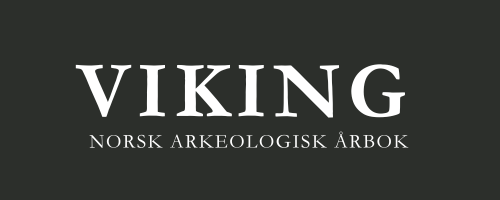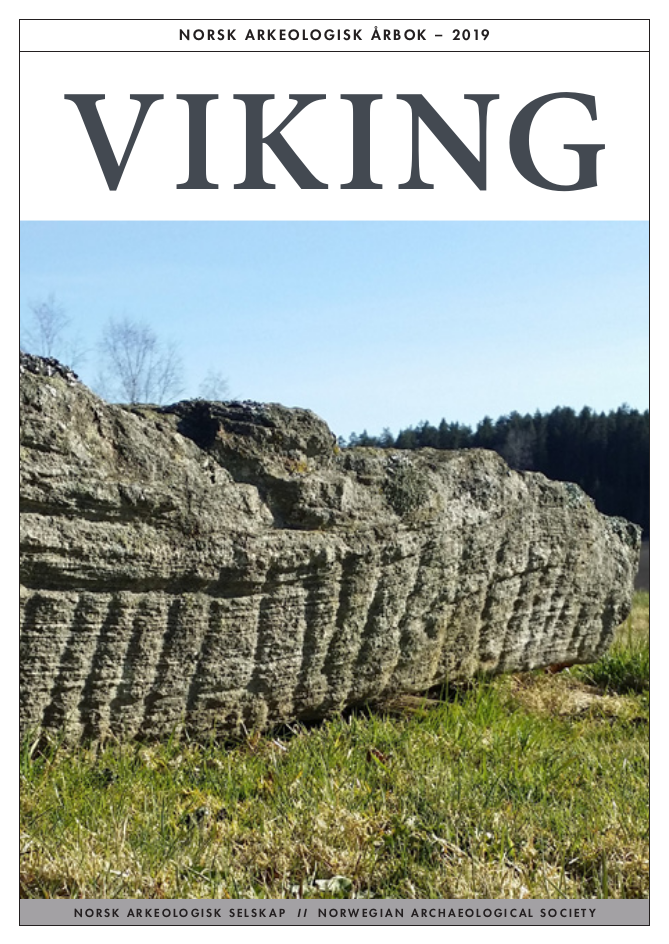Brunstad i Stokke, Vestfold – et bosettingsområde fra rundt 6000 f.Kr., med spor etter gjentatte besøk, grav og deponeringer
DOI:
https://doi.org/10.5617/viking.7115Sammendrag
This paper presents the results from the investigation of two Mesolithic sites, lok. 24 and lok. 25, at Brunstad in Stokke, south of Tønsberg in Vestfold, Southeast Norway. At their time of use the two sites, separated only by a rocky outcrop, were situated by a cove on a small island in the archipelago of the Oslo Fjord. A total of c. 16,000 artefacts, predominantly of flint, were recorded, as well as c. 60 hearths. Radiocarbon dates witness to repeated stays on this island between c. 6400 and 5600 cal. BC. Towards the south lok. 24 was delimited by a small marsh, which also existed at the time when the Brunstad sites were inhabited. Four complete and two fragmented stone adzes found directly in the wetland, may indicate deliberate (ritual) depositions. The find of a decorated, broken sandstone plate from the northern edge of the wetland might strengthen such an interpretation. On lok. 25 an inhumation was uncovered. In a carefully stone-lined grave-pit, an adult individual had been deposited with flexed hip and knees. The grave, dated to c. 5900 BC, is the first recorded Mesolithic grave in East Norway, and one of very few Mesolithic graves from Norway overall. The grave and traces of other ritual actions are discussed in relation to the settlement site as well as in a wider Scandinavian context.Nedlastinger
Utgave
Seksjon
Fagfellevurdert artikkel
Lisens
Fra og med årgang 2016 er innhold i tidsskriftet Viking - dersom ikke annet er uttrykt - lisensiert gjennom Creative Commons Lisens BY-NC-ND-4.0. Dette betyr at innhold kan kopieres, distribueres og spres i hvilket som helst medium eller format, så lenge disse vilkårene er fulgt.



